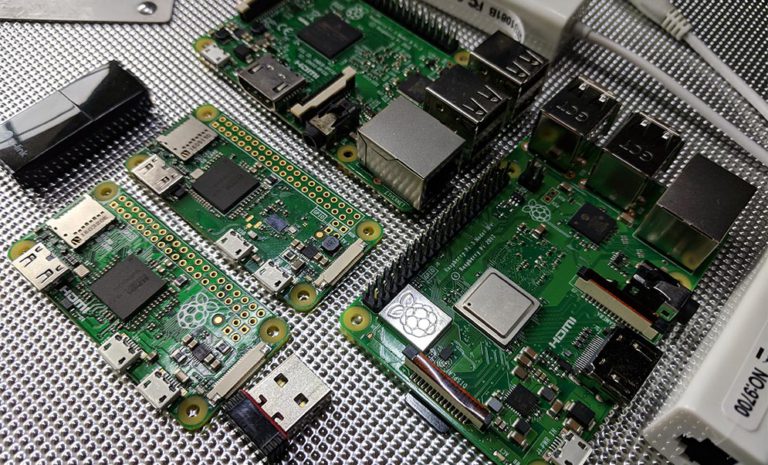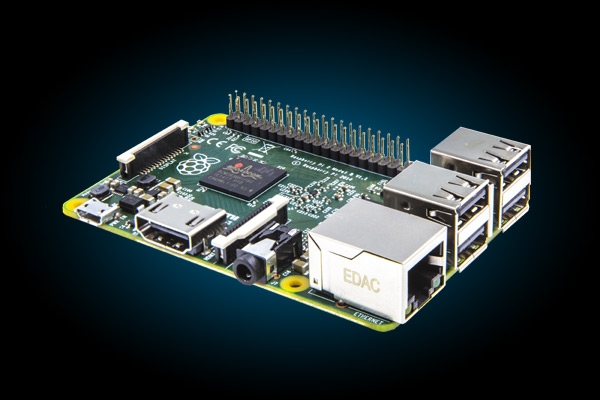

- #RASPBERRY PI CGMINER NOT FINDING DEVICE INSTALL#
- #RASPBERRY PI CGMINER NOT FINDING DEVICE DRIVERS#
- #RASPBERRY PI CGMINER NOT FINDING DEVICE UPDATE#
We highly recommend the GekkoScience 7-Port USB Hub which was specifically designed for the operation with USB stick miners. This USB Stick Miner requires a actively powered USB Hub which can independently provide 2 A for each USB port We have achieved good results with several USB 2.0 Hubs from Anker or Orico. This command returns a list of detected miners.
#RASPBERRY PI CGMINER NOT FINDING DEVICE DRIVERS#
autogen.sh -enable-gekkoĮxplanation notes: The build parameter –enable-gekko activates the GekkoScience drivers both for Compac (single ASIC) and 2Pac (dual ASIC). The build command for Ubuntu 16.04.1 LTS (or higher) is slightly different: CFLAGS="-O2 -march=native". Now you can clone the GekkoScience CGMiner branch from GIT: mkdir -p mining/newpac cd mining/newpacĪfter successful cloning you can start to build CGMiner: CFLAGS="-O2".
#RASPBERRY PI CGMINER NOT FINDING DEVICE INSTALL#
Sudo apt-get install -y build-essential git autoconf automake libtool pkg-config libcurl4-openssl-dev libudev-dev libusb-1.0-0-dev libncurses5-dev

libncurses5-dev: text based user interface for CGMiner.libusb-1.0-0-dev: USB support for CGMiner.libcurl4-openssl-dev: http connectivity for CGMiner.libtool: provides shared library access for CGMiner.build-essential: Compiler and Compile-Werkzeuge.The following packages are mandatory to properly build CGMiner:

#RASPBERRY PI CGMINER NOT FINDING DEVICE UPDATE#
It’s not necessary to use root.įirst steps: update and upgrade of system and reqired packages: sudo apt-get update This installation guide describes setup, configuration and build based on a freshly installed Raspbian (Debian) or Ubuntu installation.

Since multiple ASIC devices can be controlled through a USB hub, it’s simply a matter of plugging a USB hub into a Raspberry Pi, loading up CGminer, and letting your new PiMiner loose on a mining pool. There are, however, USB ASIC devices that will mine for you at about the same speed as a high-end graphics card. The Raspberry Pi simply doesn’t have enough horsepower to mine bitcoins at any worthwhile rate. Of course this is the perfect opportunity to show off what the Raspberry Pi can do by mining Bitcoins at rates comparable to the best graphics used in mining today. A lot of these ASIC devices come in interesting packages that look just like a large USB thumb drive. One such piece of hardware are new custom ASIC devices that are just as fast as an FPGA while being much less expensive. Mining bitcoins is becoming a fool’s errand, but there’s always some new piece of hardware coming out that allows those hard-core miners to keep ahead of the curve.


 0 kommentar(er)
0 kommentar(er)
